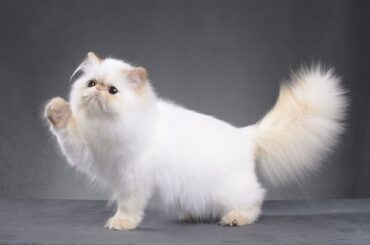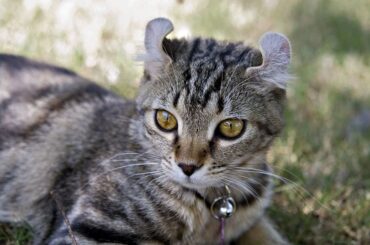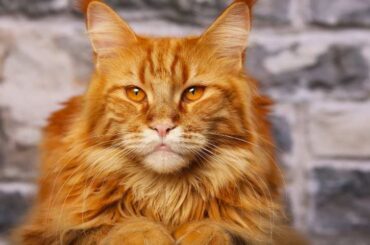The Munchkin is a cat breed that was created as a result of a genetic mutation. Munchkin Cat; Short-legged cats have been reported in the past, including in 1944 in the United Kingdom, 1956 in Russia, 1970 in New England, and the 1980s in Louisiana.
In 1944, a British veterinary report identified four generations of short-legged cats that were similar to normal cats except for their leg length. During WWII, this line vanished, but other short-legged cats were discovered in Russia in 1956 and in the United States in the 1970s. Sandra Hochenedel discovered two pregnant cats who had been chased under a truck by a dog in Rayville, Louisiana, in 1983.
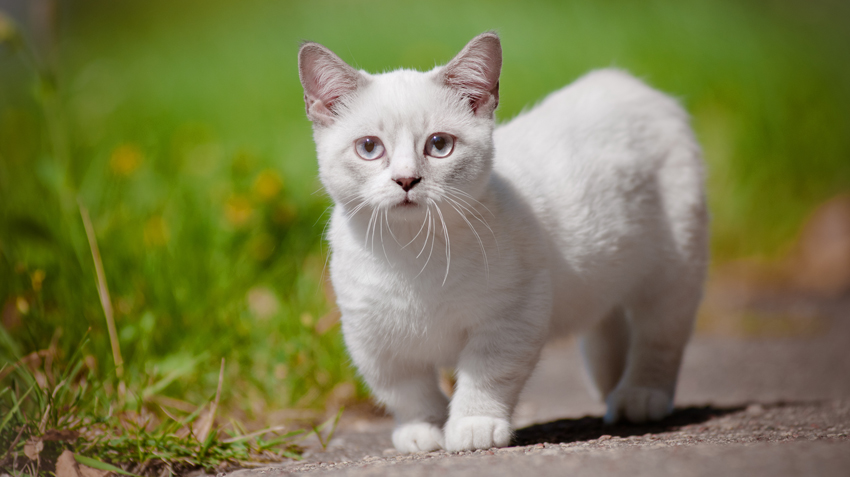
Half of her kittens were born with short legs, so she kept one of the cats and named her Blackberry. Hochenedel gave a friend, Kay LaFrance of Monroe, Louisiana, a short-legged male kitten from one of Blackberry’s litters, whom she named Toulouse. The Munchkin breed today is evolved from Blackberry and Toulouse’s litter.
When Hochenedel and LaFrance saw how well the cats did on their own, they thought it could be the start of a new breed. Dr. Solveig Pflueger, M.D., Ph.D., all-breed judge and TICA’s genetics committee chair, helped them name the breed after the little people of Munchkinland from the classic 1939 film The Wizard of Oz. Dr. Pflueger conducted research to determine how the Munchkin’s short legs are inherited and expressed. She discovered that an autosomal dominant gene caused the long bones of the legs to be shorter than normal and that the mutation had occurred spontaneously within the feline gene pool.
Hochenedel and LaFrance formed a breeding program and ended up writing the first breed standard. Other breeders quickly jumped on board and began their own Munchkin breeding programs. The Munchkin was first seen in public in 1991 at the IN CATS TICA show at Madison Square Garden in New York City, which was broadcast nationally on television.
They attempted to gain TICA recognition for the Munchkin at the time but were denied due to a lack of information about the breed. The Munchkin breeders tried again in 1994, and in September of that year, the breed was accepted into TICA’s New Breed Development Program. TICA recognized the Munchkin as a New Breed and Color (NBC) dog on May 1, 1995.
The Munchkin’s development was overseen by The International Cat Association’s new breed development program, which includes a genetics committee to monitor breeding data, beginning in 1994. Similar to Corgis and Dachshunds, the Munchkin’s short legs were discovered to have a dominant inheritance pattern. The International Cat Association granted full recognition to the breed in 2003. The Munchkin is not recognized by the Cat Fanciers Association.

Table of Contents
Body Characteristics
- It’s small to a medium-sized cat with a medium-plush coat and a moderate body type. Munchkin Cat has a modified wedge head with rounded contours that is proportionate to the rest of the body.
- The muzzle is moderately shaped, with gentle contours that are proportional to the head.
- The nose is of average length. The forehead is completely flat. Cheekbones that are well-defined Male Munchkins weigh between 6 and 9 pounds, which is slightly more than female Munchkins, who weigh between 4 and 8 pounds.
- The back legs can be slightly longer than the front legs, resulting in a slight rise from shoulder to rump.
- The Munchkin’s legs may be slightly bowed.
- The cat is available in a variety of coat colors and patterns.
- It also comes in a long-haired version, which is displayed in its own category, Munchkin Longhair.
- The long-haired variety has a semi-long silky coat, while the short-haired variety has a medium-plush coat.
Caring
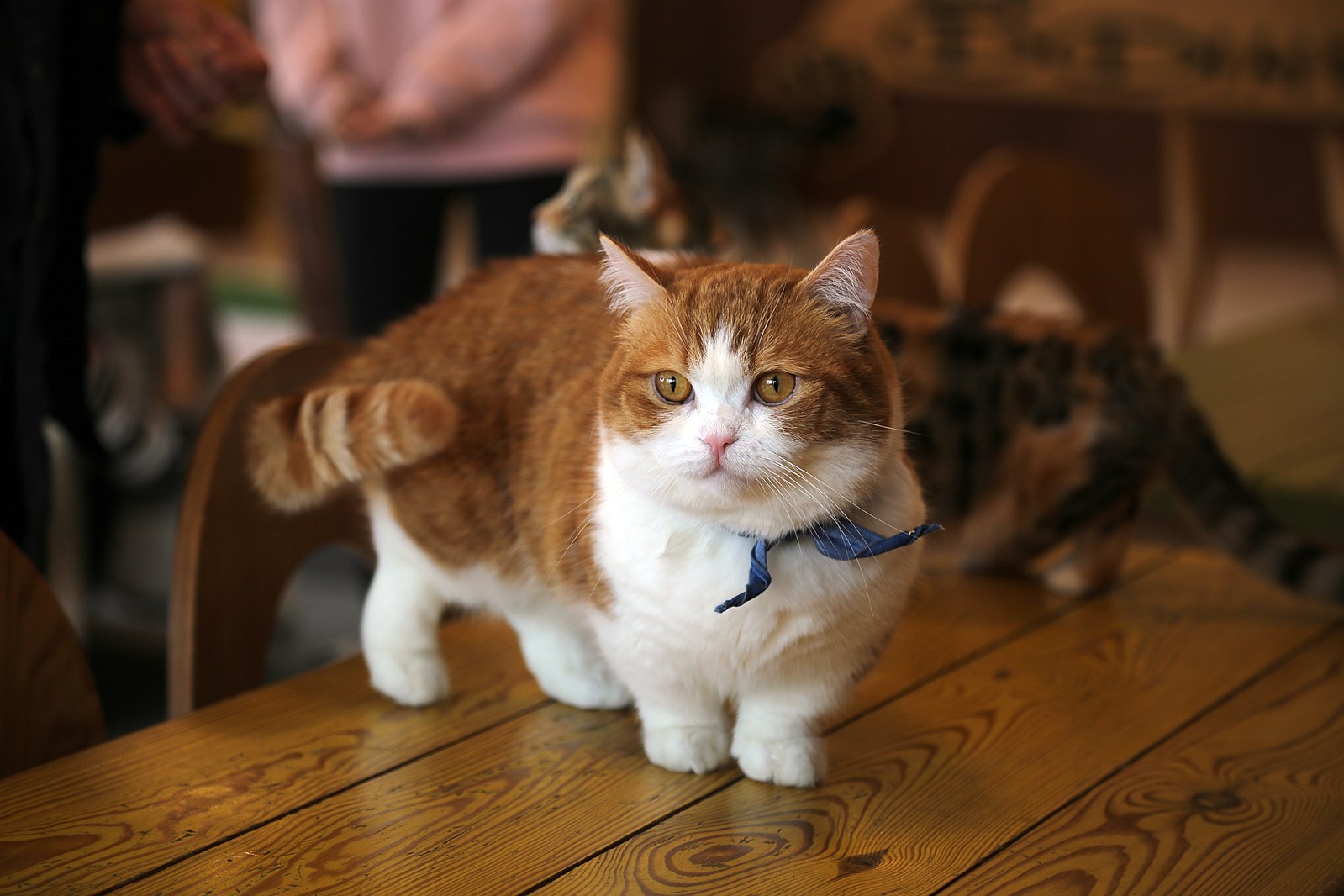
The cat’s coat is simple to maintain. Brushing once a week is sufficient for someone with a short coat. To prevent or remove mats or tangles, brush or comb a longhaired Munchkin twice a week. The Munchkin’s only other grooming requirements are regular nail trimming and ear cleaning if the ears appear to be dirty.
Health
The cats are known to have a higher risk of severe osteoarthritis than other feline breeds. They are prone to genetic disorders as well. They have a 13-year lifespan.
RECOMMENDED ARTICLES
- Napoleon Cat Breed- Characteristics, Caring And Health
- Osteomyelitis In Cats – 8 Causes, Symptoms And an Amazing Treatment Plan
- Loss Of Balance In Cat – Causes, Symptoms And Treatment

